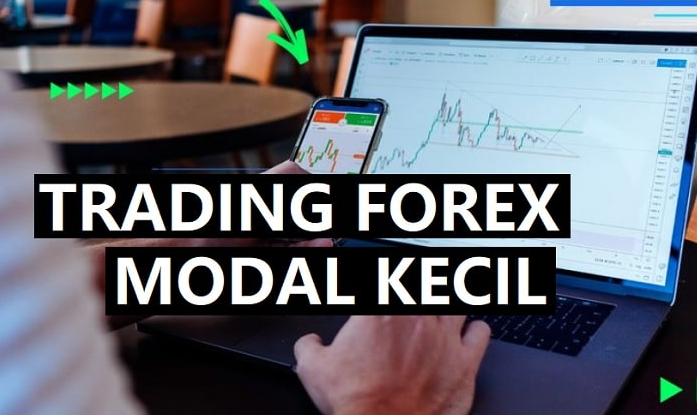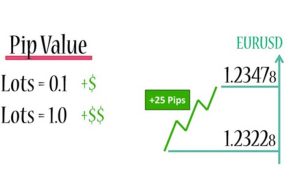In the first two paragraphs of this article, we will emphasize the importance of understanding how the term “trading forex spot” is used in the world of foreign exchange. With a solid grasp of this concept, you will be better equipped to navigate the complex world of forex trading and make more informed decisions. So, let’s dive into the fascinating world of trading forex spot!
Trading forex spot refers to the process of buying and selling currencies at their current market price, with the intention of profiting from the fluctuations in exchange rates. In spot forex trading, transactions are settled immediately or within a short time frame, typically two business days. This differs from other forms of forex trading, such as futures or options, where the transactions are settled at a predetermined date in the future. Now, let’s explore the intricacies of trading forex spot in more detail.
The Basics of Trading Forex Spot
When trading forex spot, you are essentially exchanging one currency for another. The forex market operates 24 hours a day, five days a week, and offers numerous currency pairs for trading. The most commonly traded currency pairs are known as the “majors” and include EUR/USD, USD/JPY, GBP/USD, and USD/CHF. Here are some fundamental concepts to understand when trading forex spot:
- Base and quote currency: In a currency pair, the base currency is the first currency listed. For example, in the EUR/USD pair, the EUR is the base currency, and the USD is the quote currency.
- Exchange rate: The exchange rate represents the value of one unit of the base currency in terms of the quote currency. If the EUR/USD exchange rate is 1.2000, it means that one euro is worth 1.2000 US dollars.
- Pips: In forex trading, a pip is the smallest price movement that can occur in the market.
- Spread: The spread is the difference between the bid price (the price at which you can sell a currency). It is the cost of trading and is typically expressed in pips.
Strategies for Trading Forex Spot
There are various strategies that traders can employ when trading spot. Some of the most popular strategies include:
- Technical analysis: This involves the study of past market data, such as price charts and trading volumes. Traders using technical analysis employ various tools and indicators, such as moving averages, trend lines, and oscillators.
- Fundamental analysis: This approach focuses on analyzing the underlying economic factors that affect currency values, such as interest rates, inflation. Traders using fundamental analysis monitor economic news releases and central bank announcements to make informed trading decisions.
- Scalping: Scalping is a short-term trading strategy that involves entering and exiting multiple trades within a short time frame. Traders using this strategy typically rely on technical analysis and tight risk management.
- Swing trading: Swing trading is a medium-term strategy that involves holding positions for several days or weeks. Traders using this approach aim to capitalize on price swings in the market and typically use a combination of technical and fundamental analysis.
Risk Management in Forex Spot Trading
Risk management is a crucial aspect of trading spot, as it helps to protect your trading capital and minimize losses. Here are some risk management techniques that can be employed when trading spot:
- Setting stop-loss orders: A stop-loss order is a predefined price level at which a trade will be closed if the market moves against you. Setting a stop-loss helps to limit your potential loss on each trade.
- Position sizing: This involves determining the appropriate size of each trade based on your risk tolerance and account size. It is recommended to risk only a small percentage of your trading capital on each trade, typically 1-2%.
- Diversification: Diversifying your trading portfolio by trading different currency pairs can help to spread risk and reduce the impact of a single losing trade.
- Emotional control: Maintaining emotional control and sticking to your trading plan is essential for effective risk management in forex trading.
Conclusion and Suggestions
Understanding the ins and outs of trading forex spot is essential for anyone looking to succeed in the forex market. By mastering the basics, implementing effective trading strategies, and employing robust risk management techniques, you can increase your chances of success in forex spot trading. Always remember to trade with a disciplined approach, continually educate yourself about the market, and maintain a healthy balance between risk and reward. Happy trading!







